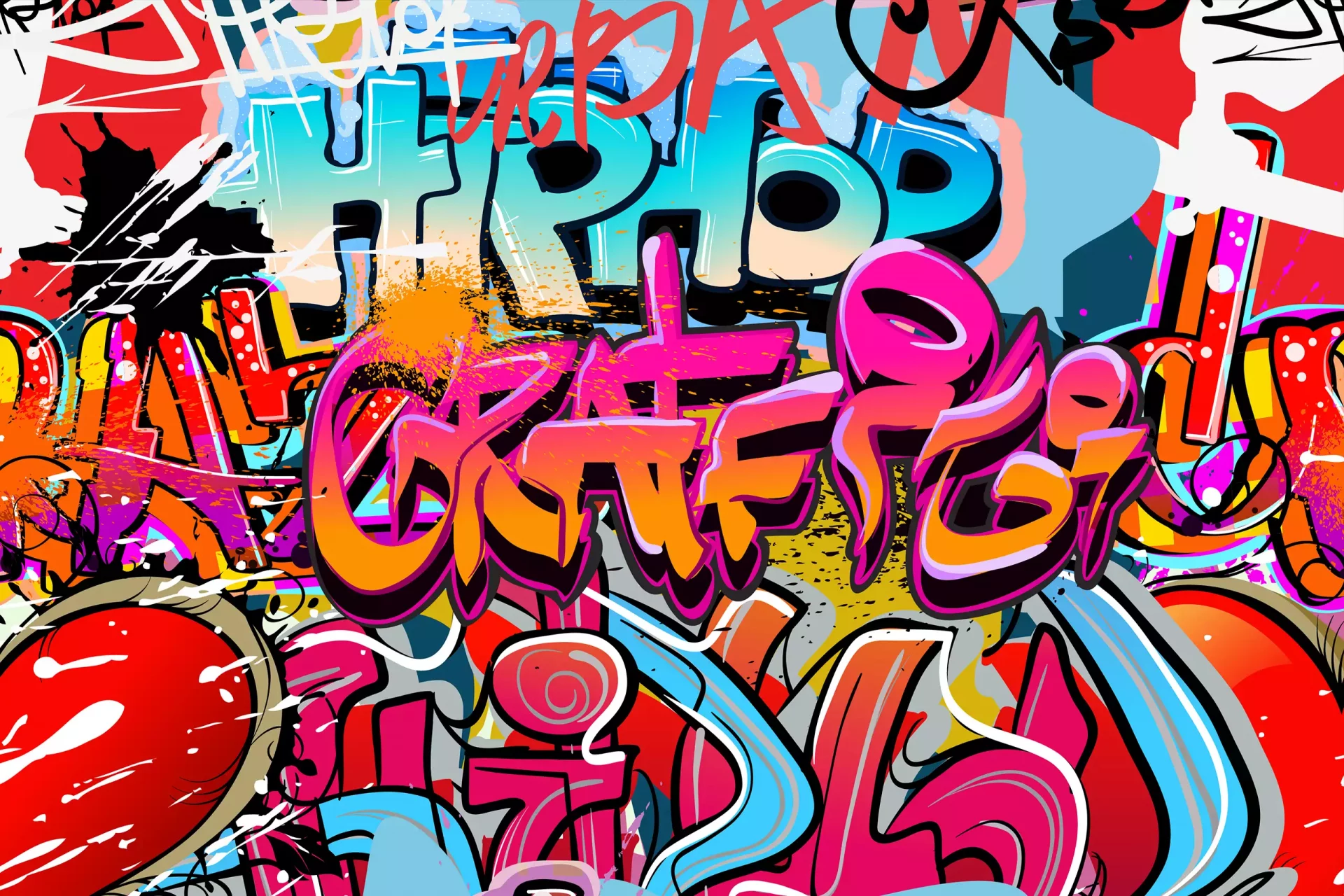Introduction
The term ‘chink’ is a racial slur used to demean people of Asian descent. It is often found in various urban dictionaries, where users submit definitions and examples of slang terms. Understanding this word’s implications is not just about learning its definition but also recognizing its harmful impact on communities. This article delves into the term’s origins, implications, and the ongoing dialogue surrounding such racially charged language.
Origins of the Term
The term ‘chink’ is believed to have derived from the late 19th century. Originating in the United States, it was used derogatorily to refer to Chinese immigrants, especially during the time of the Chinese Exclusion Act of 1882. This historic legislation reflected widespread anti-Chinese sentiment, establishing a cultural stigma that manifested in language. As immigration patterns shifted over the years, the term expanded in usage to include various Asian ethnicities, further solidifying its place as a racial slur.
Understanding ‘Chink’ in Urban Dictionary
Urban Dictionary is a crowdsourced online dictionary that has gained popularity for its informal and often humorous definitions of slang. Definitions for ‘chink’ vary widely, illustrating misunderstandings and casual, ignorant use of language:
- Some entries trivialize its offensiveness, providing absurd or comical interpretations.
- Others reflect a serious acknowledgment of its derogatory meaning.
- Many entries also highlight personal experiences with racism and how the term has been used to demean individuals.
Real-World Implications
The impact of using slurs like ‘chink’ extends beyond individual encounters. According to a report by the Pew Research Center, nearly 73% of Asian Americans have experienced some form of discrimination. Linguistic discrimination, especially through the use of slurs, reinforces societal stereotypes and can lead to marginalization.
Case Studies Highlighting Racial Slurs
One poignant example is the backlash against celebrities who have used the term or similar slurs in public, often leading to protests and calls for accountability. In 2020, during a wave of anti-Asian sentiment due in part to the COVID-19 pandemic, numerous incidents of race-based violence surged. The rhetoric employed in such contexts contributes to the environment of xenophobia and violence.
- In March 2021, a shooting in Atlanta resulted in the deaths of six Asian women, a tragic reminder of the real-world consequences of hate speech.
- Similarly, social media platforms have faced criticism for allowing slurs to persist on their platforms, contributing to a culture of intolerance.
The Fight Against Hate Speech
Many organizations, such as the Stop AAPI Hate coalition, have emerged to combat anti-Asian hate and raise awareness about the impact of racial slurs. These initiatives aim to educate the public on the destructive nature of hate speech and advocate for the protection of marginalized communities. One method these organizations use is social media campaigns that aim to create a dialogue about the use of derogatory terms and promote respect and understanding.
Moving Towards Inclusivity
It is crucial to create a society where everyone feels safe and respected, irrespective of their race or ethnicity. Initiatives in schools, communities, and workplaces can pave the way for a more inclusive environment. Here are some steps individuals and organizations can take:
- Education: Programs that discuss the historical context and implications of racial slurs.
- Zero Tolerance Policies: Implementation of strict rules against hate speech in schools and workplaces.
- Open Dialogue: Encouraging conversations among diverse groups to foster understanding and counter misunderstandings.
Conclusion
While the term ‘chink’ may appear in Urban Dictionary and other informal lexicons, it carries with it a heavy burden of historical racism and ongoing discrimination. Understanding the implications of such terms is vital for fostering a more inclusive and respectful society. By acknowledging the pain they cause and striving to educate others, we can work towards dismantling the structures that perpetuate hate and discrimination.


